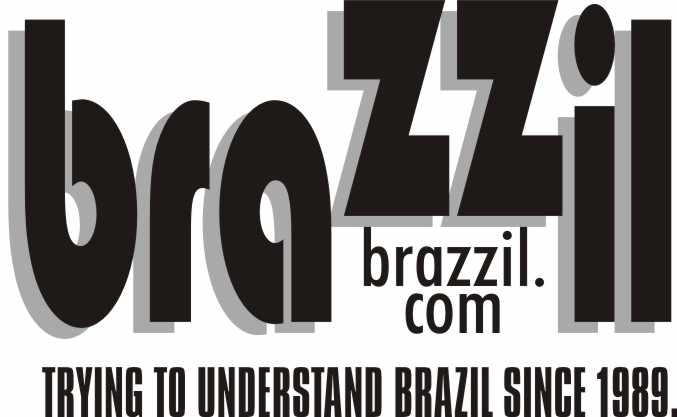Over the next two years the Brazilian federal government plans to spend US$ 164.63 million (384 million reais) on the security scheme mounted for the 2007 Pan-American Games, which will be held in Rio de Janeiro, Brazil.
"We shall avail ourselves of this event, for which we are obliged to furnish public security, to make it a structural project on behalf of public safety in the state of Rio de Janeiro," observed the executive secretary of the Ministry of Justice, Luiz Paulo Barreto. According to the secretary, the investments will remain as a "legacy" to the public safety of the state.
Barreto states that part of the funds will be used to set up computer systems that will map crime in Rio. Other equipment, such as arms, bullet-proof vests, helicopters, and vehicles, will also be acquired. Another part will be earmarked for police training, he says.
One of the goals, according to the secretary, is to ensure the "involvement of the population with the preventive measures of public safety." Another important aspect of the investments, in Barreto’s opinion, will be the presence of 10,000 police from the Brazilian National Public Safety Force at the Games.
"The National Public Safety Force, created last year, is a group of police from every state in the country, trained to act in emergencies," he commented.
He pointed out that it will be a joint effort "between the federal and state government, together with the population of Rio de Janeiro."
According to Barreto, 5,000 men – including military police, firefighters, and federal highway police – have already been trained to be part of Brazil’s National Force.
"What we need now is to intensify this training in order to reach the total of 10,000 by 2007," he said.
Barreto believes that the 2007 Pan-American Games will have "the whole world observing Brazil, especially Rio de Janeiro." "It is emblematic, and it is good that it will be in Rio de Janeiro – which is one of Brazil’s prime concerns in terms of public safety," he affirmed.
Agência Brasil
